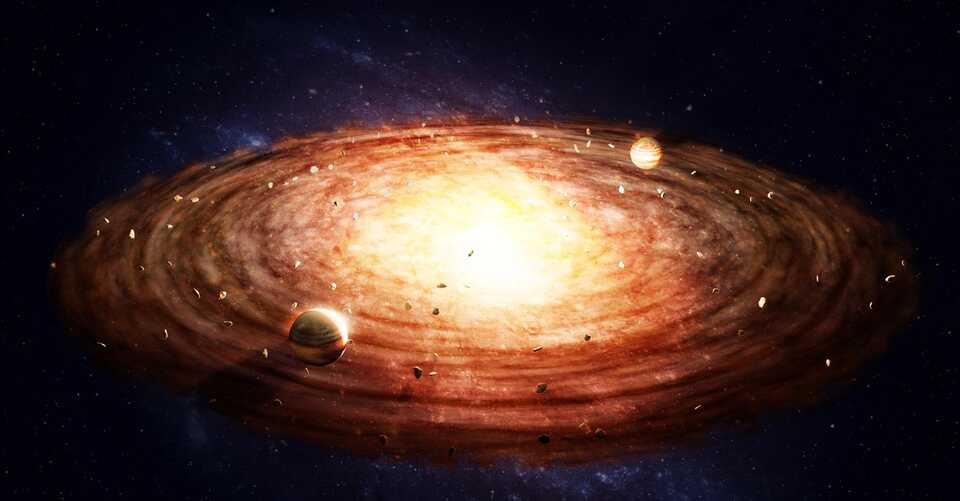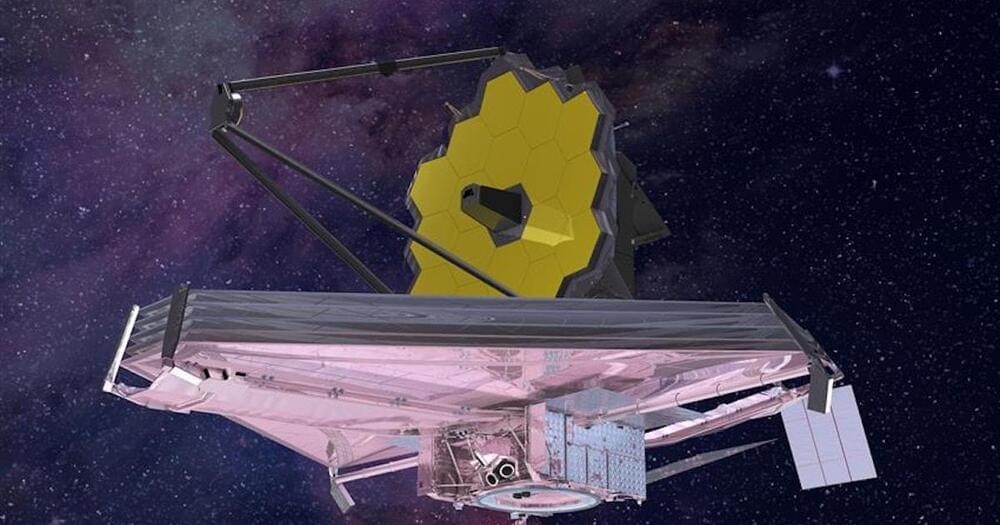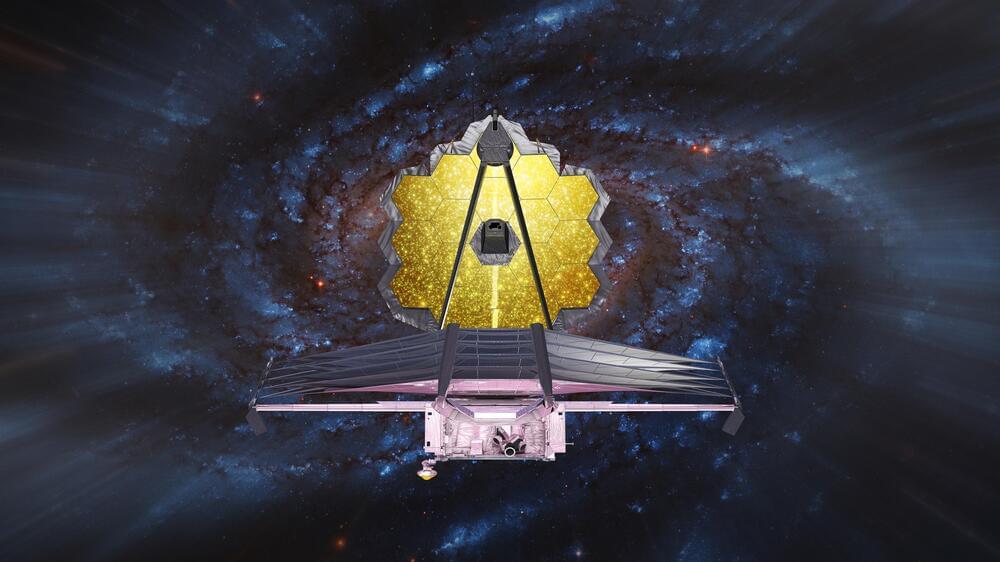The team behind the work suggest that eventually doctors might be able to grow blobs of brain tissue from a patient’s own cells in the lab and use them to repair brain injuries caused by stroke or trauma.
“This is incredibly exciting to me as a physician,” said Isaac Chen, a physician and assistant professor of neurosurgery at the University of Pennsylvania.
The study is the latest in the rapidly growing and ethically complex field of brain organoids. Scientists have shown that when cultivated in the right conditions, neurons begin to form tiny brain-like structures, allowing scientists to investigate developmental conditions such as autism and a wide range of basic neuroscience questions.









